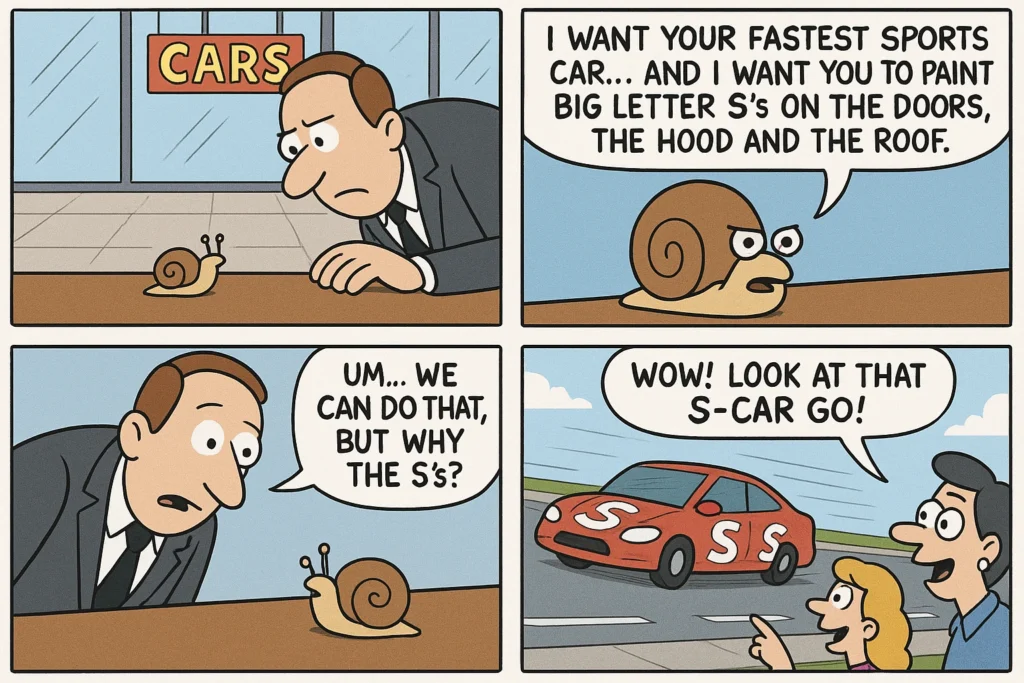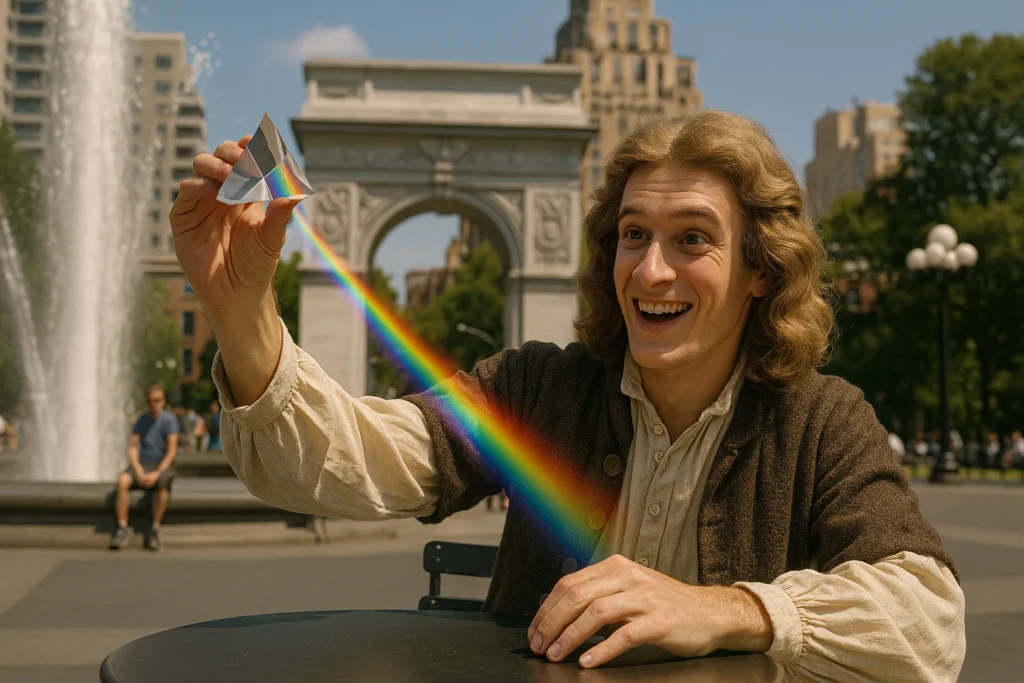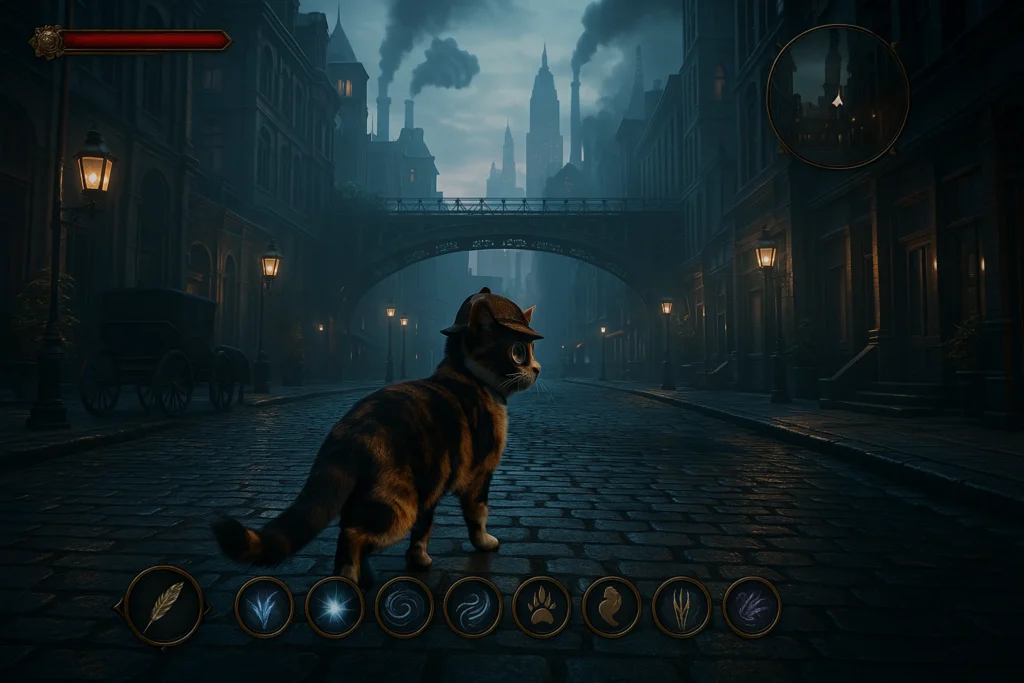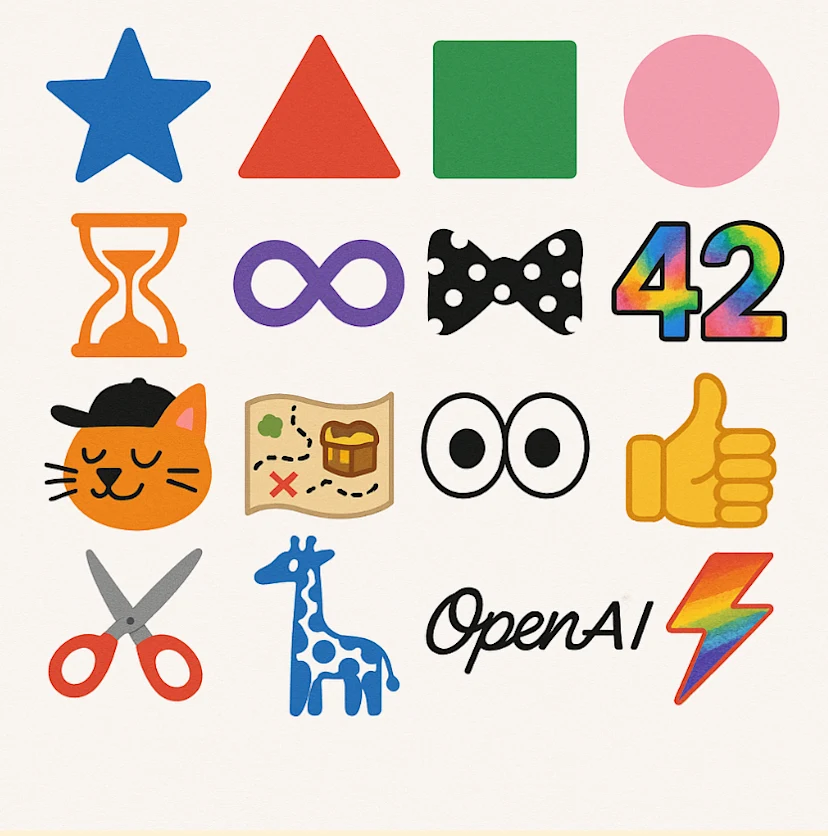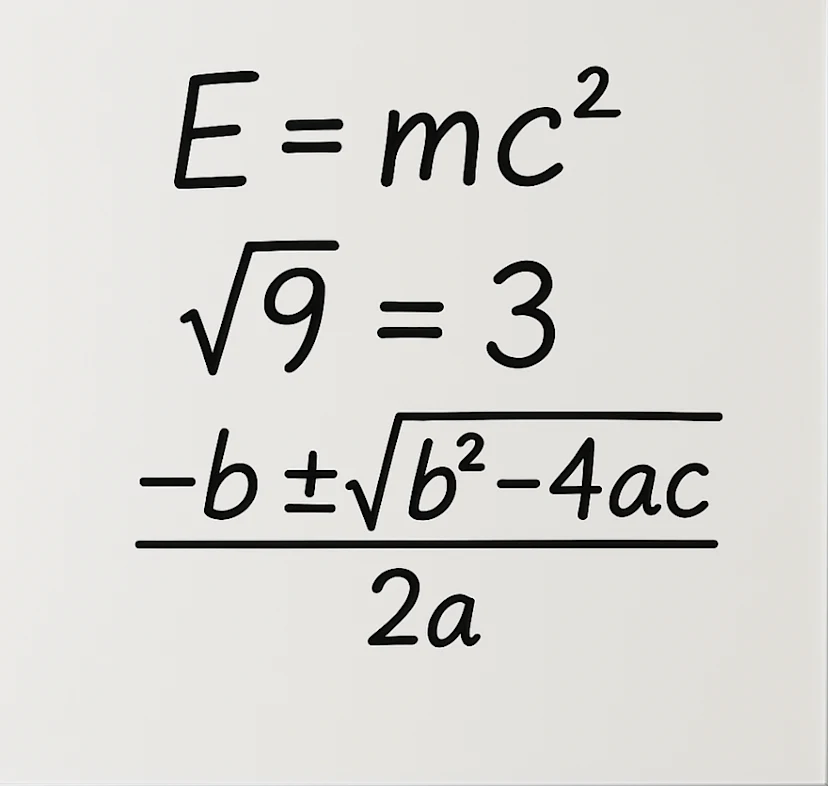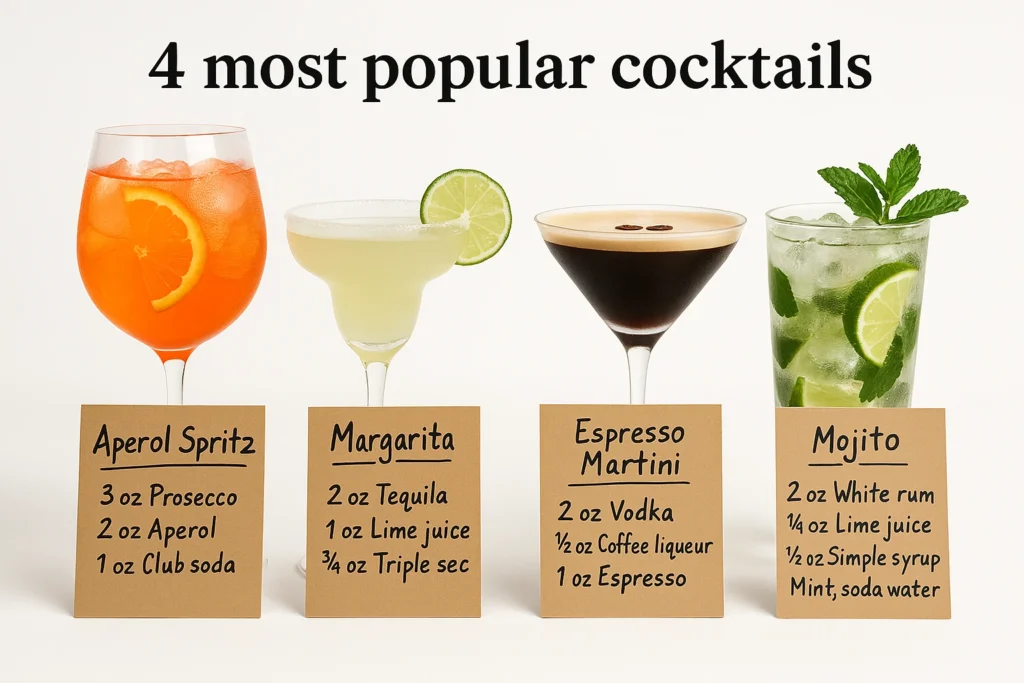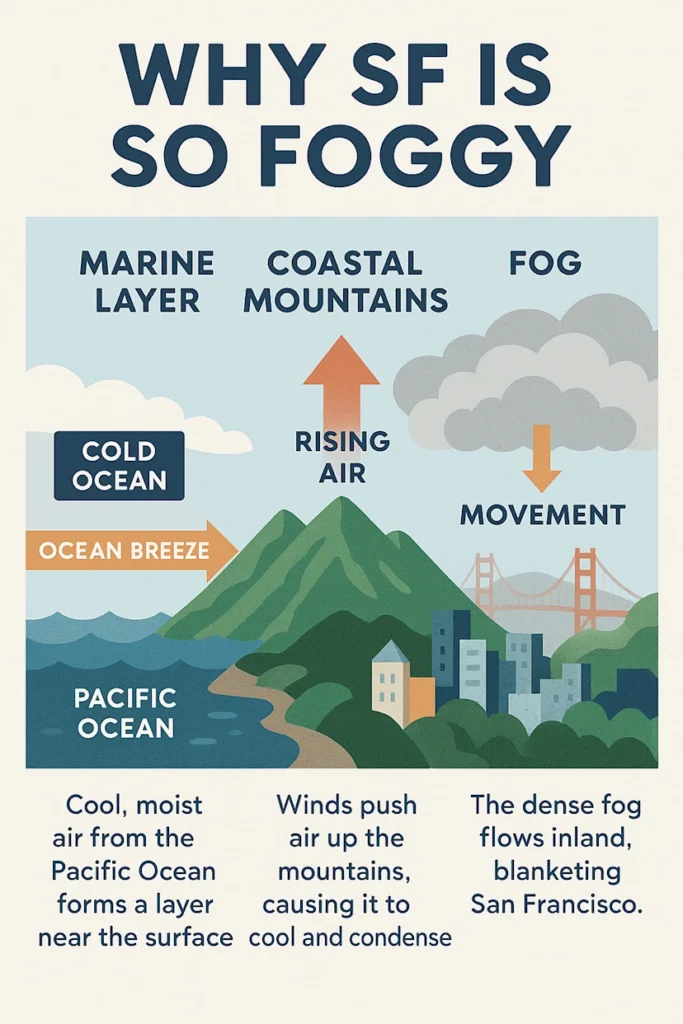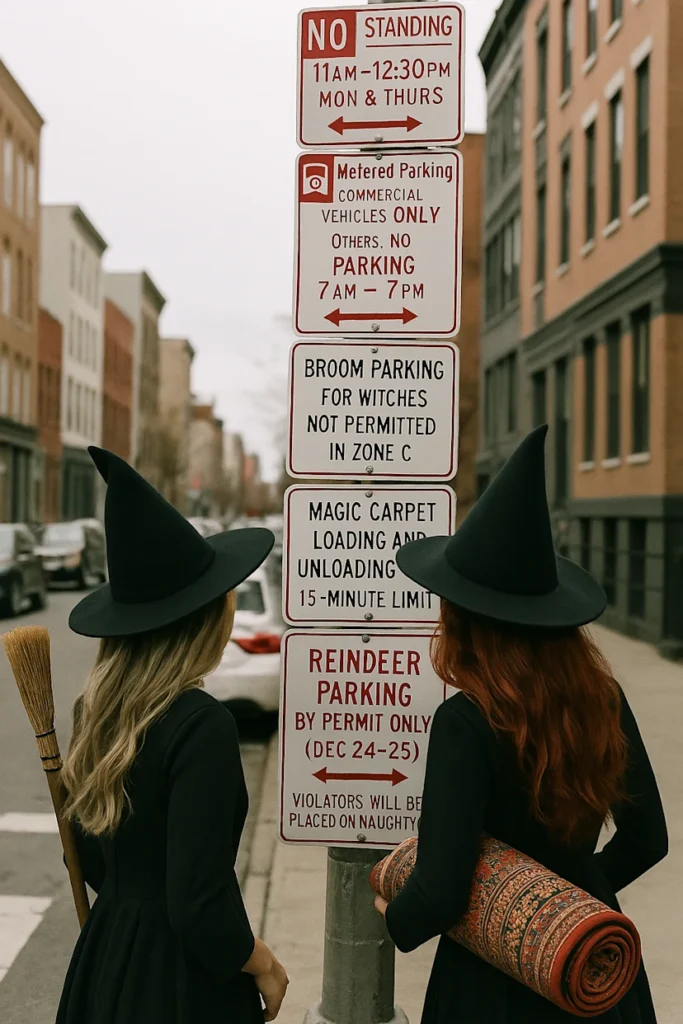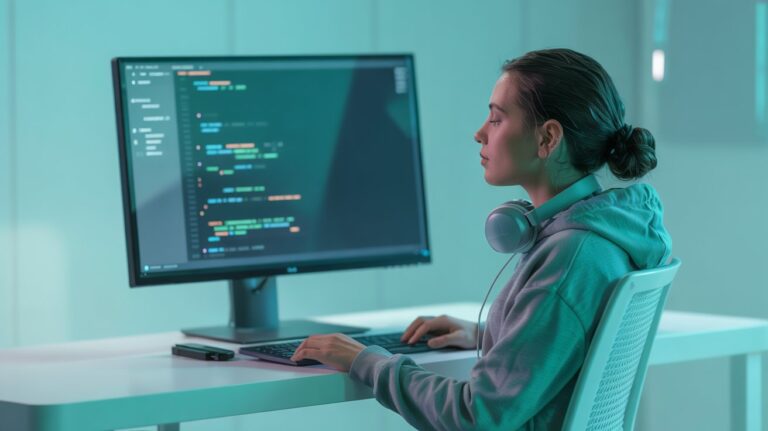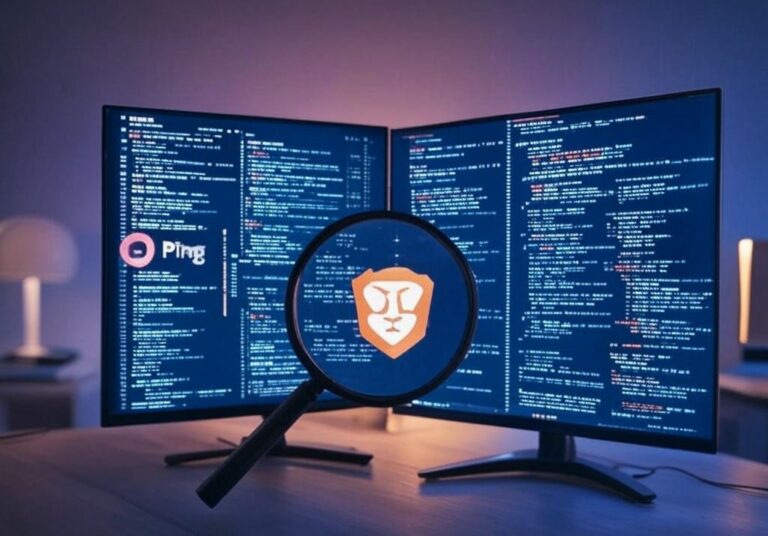OpenAI’s GPT-4o Image Creation: Features, Capabilities, and Comparisons
On March 25, 2025, OpenAI introduced an enhanced version of its GPT-4o model, bringing built-in image creation tools that have captured the attention of AI enthusiasts. This upgrade seamlessly weaves high-quality image generation into ChatGPT and Sora, offering access to everyone from free users to Pro subscribers. In this article, we’ll explore the standout features of GPT-4o’s image-making abilities, compare it to other tools, and consider its potential to transform creative and practical tasks.
What GPT-4o Can Do?
Lifelike Visuals
GPT-4o produces strikingly realistic images that look like they belong in a photo album, not a computer, a notable improvement over past models. Whether you’re imagining vast landscapes, detailed portraits, or complex scenarios, it renders intricate elements with exceptional sharpness. This makes it a strong choice for projects needing top-tier visual quality, like artwork or promotional materials.
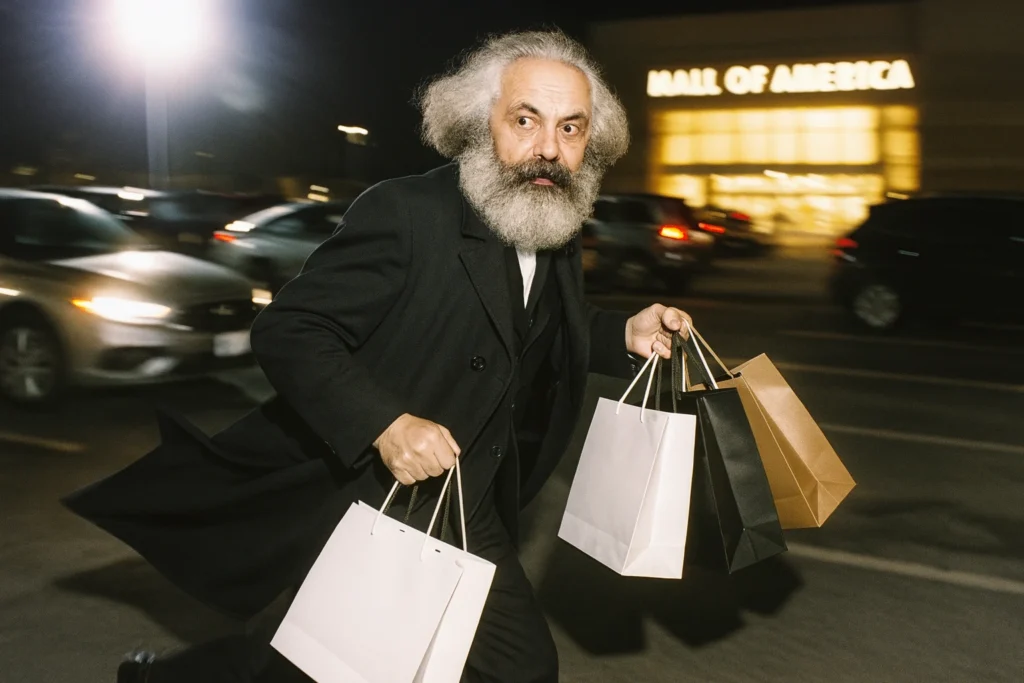
Precise Text Integration
A key highlight is its skill in embedding clear, accurate text into images. Unlike older AI systems that often garbled text or misplaced it, GPT-4o excels at creating readable signs, charts, or graphics that match your description perfectly. This opens doors for polished designs like flyers or slides. No more “Wlecome to my Hose” instead of “Welcome to my House.”
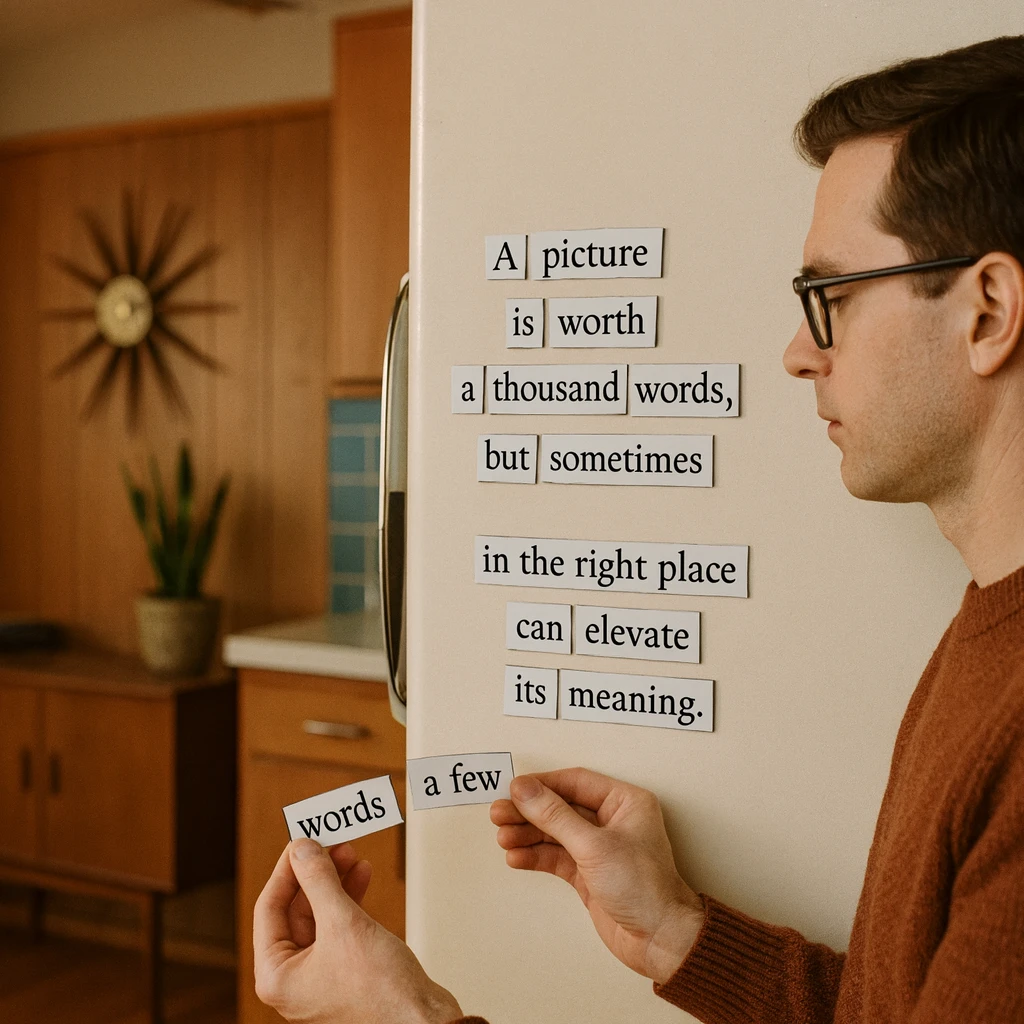
Context-Sensitive Design
Thanks to its multimodal foundation, GPT-4o draws on chat history and its own knowledge to keep images consistent. For instance, if you’ve described a character earlier, it’ll reflect those details like outfit or setting in the generated image, ensuring a cohesive result.
Step-by-Step Adjustments
“More blue! Add a hat! Lose the clouds!” You can boss it around mid-convo, and it’ll tweak the image like a chill friend who doesn’t mind your picky side.
Learning from User Uploads
GPT-4o can examine images you upload and use them as a foundation or influence. Want to turn a rough drawing into a finished piece or mix elements from a photo into a fresh composition? It adapts effortlessly, enhancing your input with its creative flair.
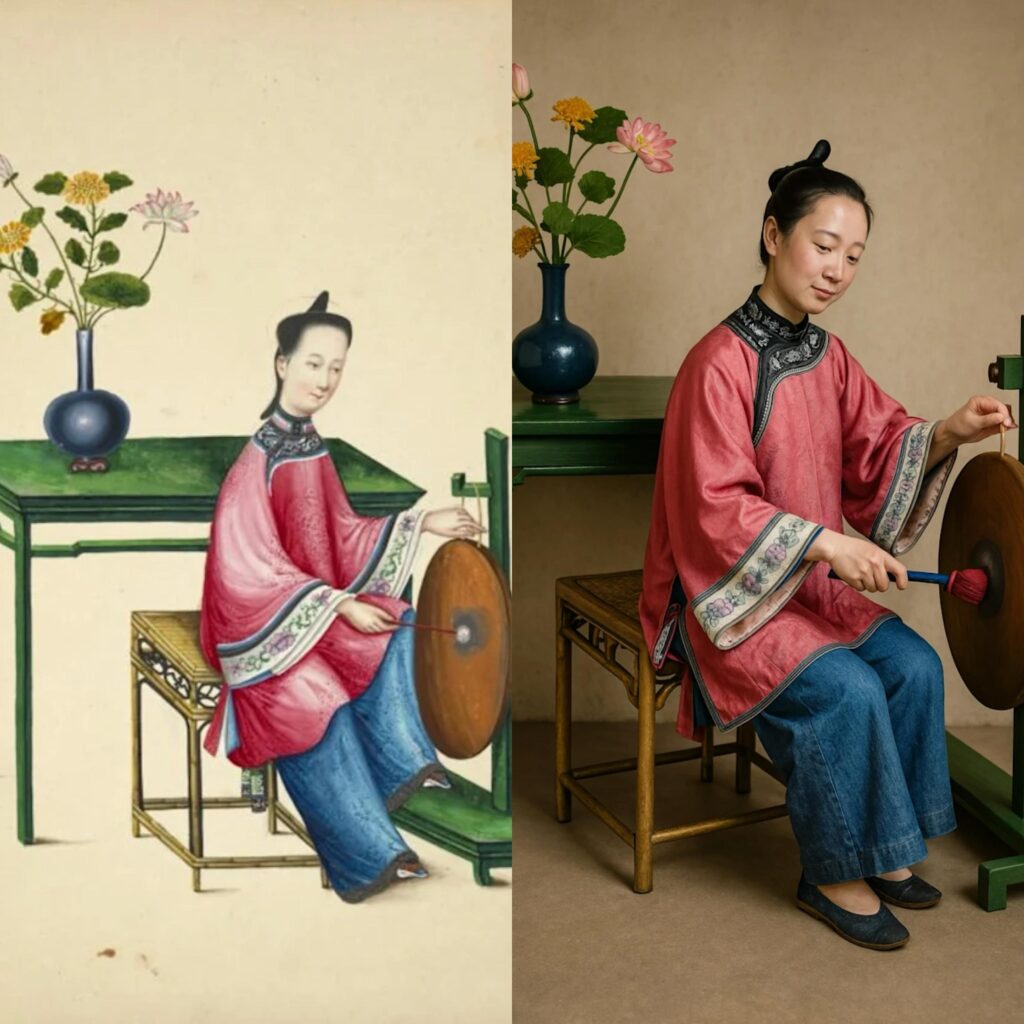
Diverse Artistic Options: Any Style you Want
From realistic scenes to stylized sketches, GPT-4o handles a wide range of visual styles. Whether you’re after a cartoon frame, a technical illustration, or a logo with a transparent background, it adjusts to suit your needs with impressive versatility.
Ethical Safeguards
OpenAI has baked in accountability features. Every image carries C2PA metadata to identify it as AI-made, and robust filters prevent harmful outputs like explicit content or fakes. An internal tool also aids in tracing image origins, fostering transparency.
Comparing GPT-4o to Other Image Tools
DALL·E 3 (The Old Guy)
DALL·E 3 was a standalone powerhouse linked to ChatGPT, but it didn’t blend as smoothly as GPT-4o’s native setup. It faltered on text clarity and multi-step edits, areas where GPT-4o shines. However, the newer model’s higher detail comes at a cost—generation can take up to a minute.
Midjourney (The Cool Kid)
It is renowned for its artistic flair and quick results, but GPT-4o’s interactive editing and text accuracy give it an advantage for users needing ongoing control. Midjourney struggles with functional designs requiring precise text, an area where GPT-4o excels.
Stable Diffusion (The Wild One)
Stable Diffusion offers open-source adaptability and speed, yet its quality hinges on expert prompting and extra tools. GPT-4o simplifies this with natural language understanding, delivering better consistency and realism without heavy customization.
Google’s Gemini 2 Flash (The Newbie)
Google’s latest multimodal offering rivals GPT-4o in scope, but OpenAI’s broader rollout across ChatGPT tiers and focus on practical outputs—like diagrams or branding—give it an edge. Early feedback on X calls GPT-4o’s visuals “mind-blowing,” hinting at superior detail.
Real-World Uses
GPT-4o’s image creation goes beyond fun it’s a versatile tool for tangible tasks:
- Design & Marketing: Craft logos, banners, or social media graphics with spot-on text and branding.
- Education: Build annotated visuals or historical recreations for teaching aids.
- Gaming: Ensure character continuity across designs or brainstorm concepts.
- Content: Create bespoke illustrations or charts to enrich articles or campaigns.
Pros and Cons
Pros
- Fully embedded in ChatGPT and Sora.
- Exceptional text handling and context awareness.
- Wide reach (available to Free, Plus, Pro, and Team users, with API access coming soon).
Cons
- Takes longer to generate (up to a minute) than speedier rivals like Midjourney.
- Still expanding to Enterprise and Education users, delaying some adoption.
- Lacks the fine-tuned editing depth of tools like Photoshop.
Why it Matters?
GPT-4o’s image creation signals a move toward fully integrated AI, blending text, visuals, and interaction into one package. By building this capability directly into the model rather than outsourcing to separate systems like DALL·E OpenAI is pushing for a cohesive intelligence. As Sam Altman put it, it’s a “breakthrough for creative potential,” merging usefulness with inspiration.
Against competitors, GPT-4o offers a mix of quality and ease, trading some speed for precision. Its dialogue-driven edits and ability to learn from context make it perfect for those prioritizing flexibility and coherence. As it scales up (with API access looming), it’s poised to reshape how we craft and use visuals in AI-powered projects.
Final Thoughts
OpenAI’s GPT-4o image creation is a bold leap forward. By combining lifelike visuals, flawless text, and iterative design into one model, it empowers users to realize their ideas effortlessly. Whether you’re an artist, teacher, or coder, this tool hints at the future of AI-driven creativity. As it rolls out further and matures, it’s likely to spark a surge of fresh applications. For now, GPT-4o delivers a compelling fusion of strength and simplicity ready to ignite imagination and solve real problems alike.
Some Image Generated by OpenAI gpt 4o
